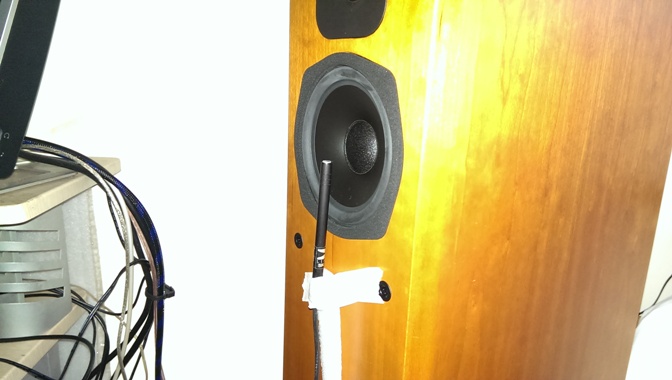
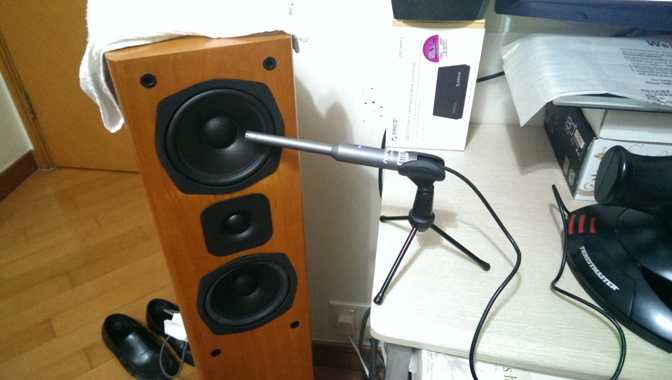
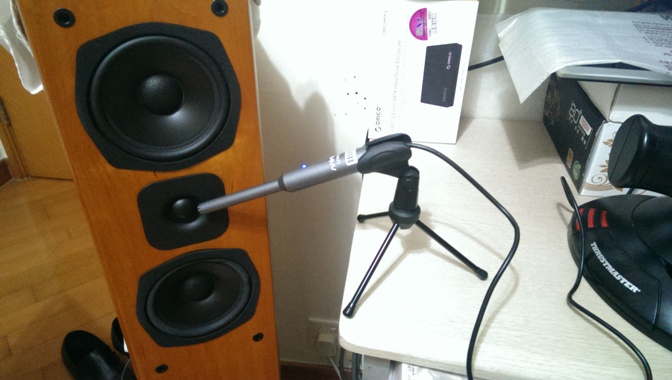
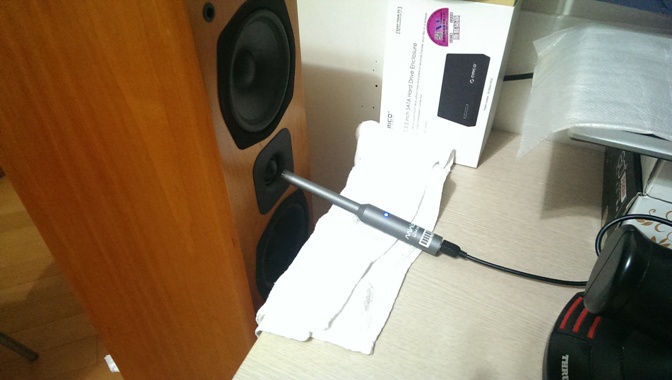
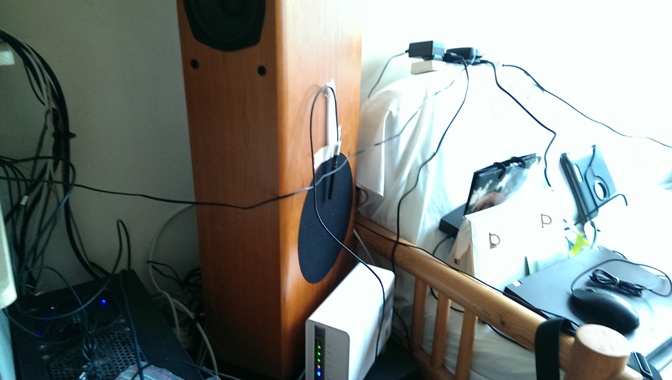
Loudspeakers' Frequency Response
2nd August 2016
Objective of this write up is not to provide a singular straight-forward best answer.
First it shows the use of known good rules/solution/setup (proven from textbooks), but to more importantly demonstrate which/when/how to use what investigative method to achieve a proper good setup. (It's more of a diary for myself)
Finally without the break and fail due to disobeying the fundamental laws of physics (in this case mostly acoustics) and not forgetting standard rules of practice in basic attention to electronics, etc.
Consider this a super quick demonstration, can't even label this a short cut nor qualify as a crash course, because if you know you know. Else a lot of text book foundations required to explain the things done and unfortunately is out of this scope.
14th December 2015
Quick and dirty frequency response measurement to find crossover point. Please do not follow my laziness :)





27th January
Surgical accurate methodology.
Below frequency response please take with a grain of salt, first it's not in anechoic chamber, 2nd it's nearfield with mic placement not proper as shown in above quick and dirty positions, placement, angles, distance, reflections.
However, knowing all the bad things why did I still did above? because we only need to find crossover point, where the high pass section are highly reliable using quick and dirty, only the low pass area is subject to question, where the higher the frequency the less reliably of this method, especially related to the tweeter's diameter, tweeter's flare curve angle radius etc etc all matters, which we will ignore, because in this case the tweeter's HF roll off is not of interest hence quick and dirty is ok. Then midrange's low pass is seen to be around 3kHz, which is highly possible this quick and dirty still yields high reliability and trust-ability.
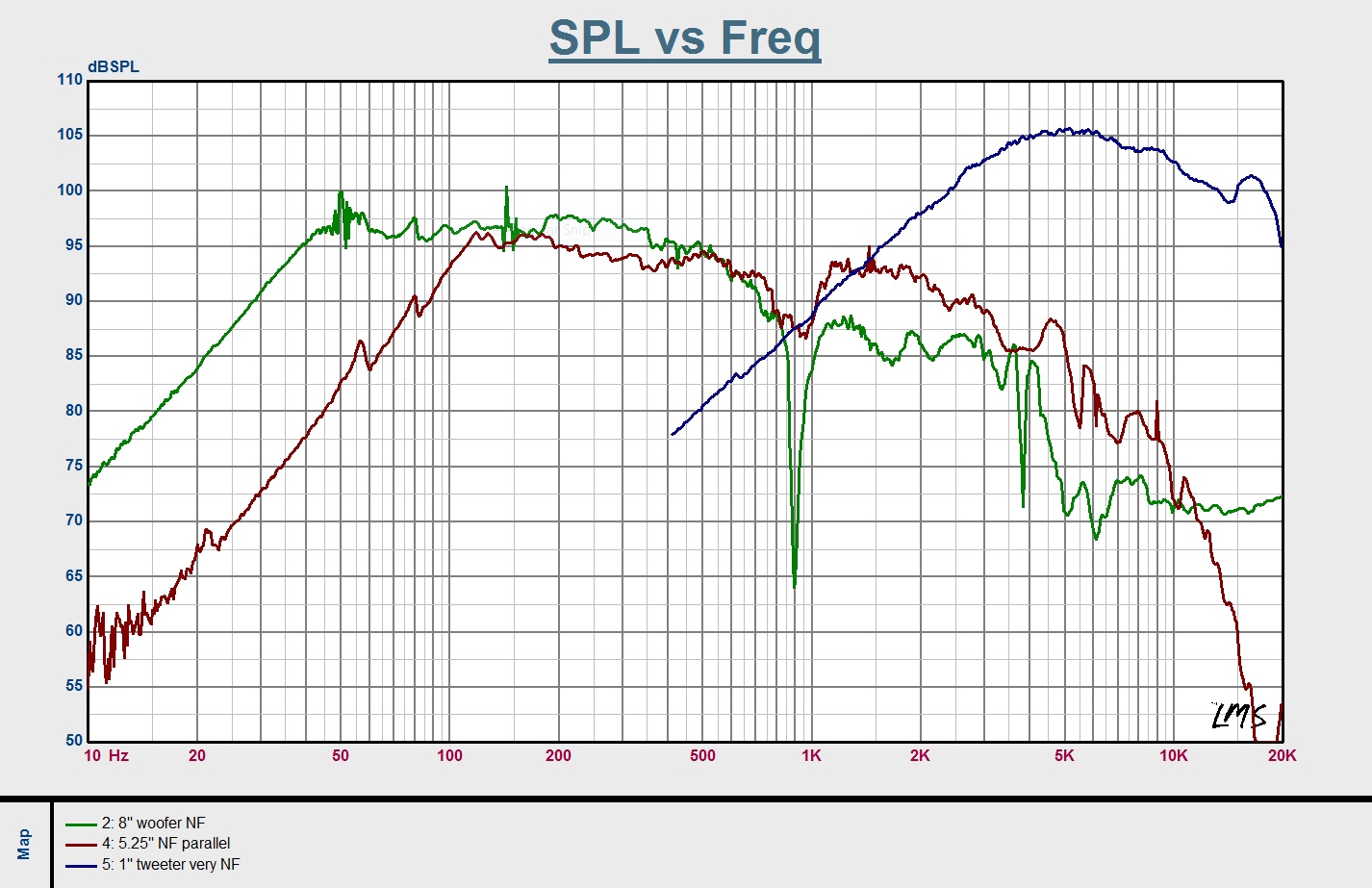
The tweeter's response seem bad, that's possibly due to mic not place correctly, ignore for now.
The midrange's response is surprisingly alright, nice slow roll-off. However without the usual obvious 1st peak indicating the cone breakup is bad, because the cut off frequency is not readily seen. Why? because after cone breakup the radiation pattern no longer follows "increase angle HF lost rules", while before cone breakup it does, which is always good to only use bandwidth before breakup. There's a suck out around 900Hz, unfortunate. Loudspeakers such as these cannot be EQed, it's going against nature of materials limits. Boosting EQ at 900Hz more than 6dB will required amplifier output 4 times or more than and that section will go into distortion 4x earlier that necessarily.
Woofer's frequency response is alright, but it is not the primary determinant quality factor here, non-linearity is, hence ignoring comment of the curve altogether.
So a quick setup in nanoDIGI is
No EQ No Delay for now. Just playing.
Levels? just using ears to listen. Again, playing, else where's the fun?
Before the above measurements, tweeter's HPF was trialed at 1kHz, in fact sound difference can be heard when setting HPF all the way down to 700Hz, this sound is extremely "knifey", weird, never heard such before. Why? In later date measurement using www.klippel.de tweeter's LSI (large signal identification) module, it was found that tweeter has everything bias, off-set, assymetry, etc. Bl(x), Kms(x), Le(x), Le(i) etc all bad. With HPF set at 700Hz, it firstly allows the tweeter to go into excursion a lot more, which completely falls into the harmonics and intermodulation distortions of Bl(x), Kms(x), Le(x), Le(i). Well this is the fun of not just relying on measurements, listening to sounds as if "Startrek and Beyond", experiencing things is life's reward.
In a later date the tweeter and midrange was taken into a anechoic chamber and measured on IEC baffle, see how closely it resembles the above nearfield response, except for the very HF (above 8kHz) difference that was predicted from textbook rules. Just another proves of the above quick and dirty method is valid.
A lot more will be coming, stay tuned.
ACOUSTICS SECTION AUDIO SECTION CAR SECTION
HOME - Technical Website for Acoustics, Audio and Car